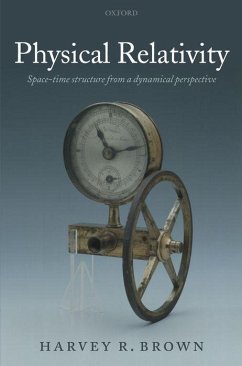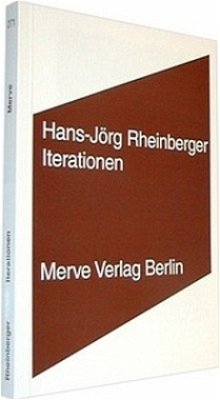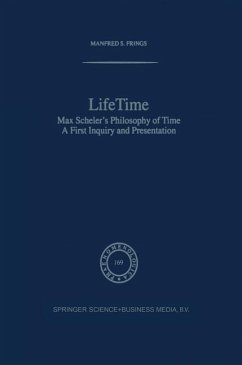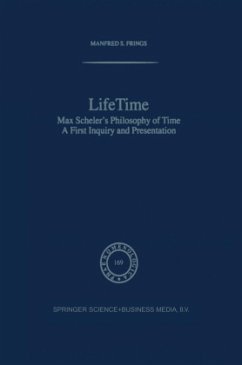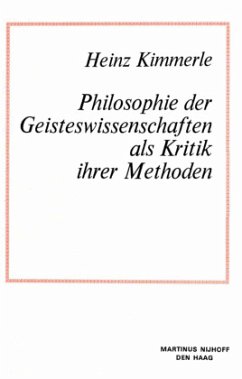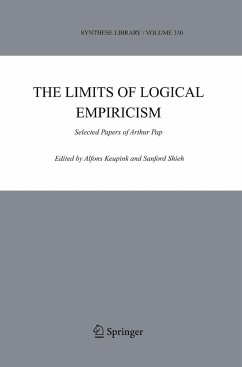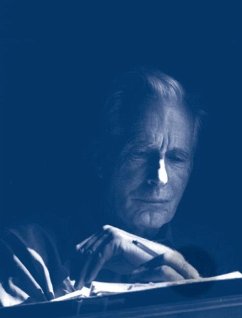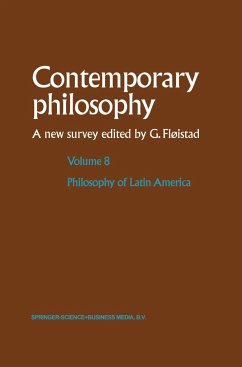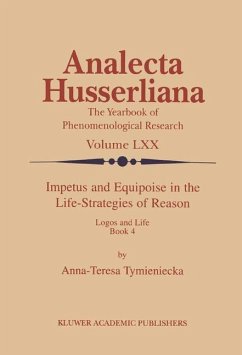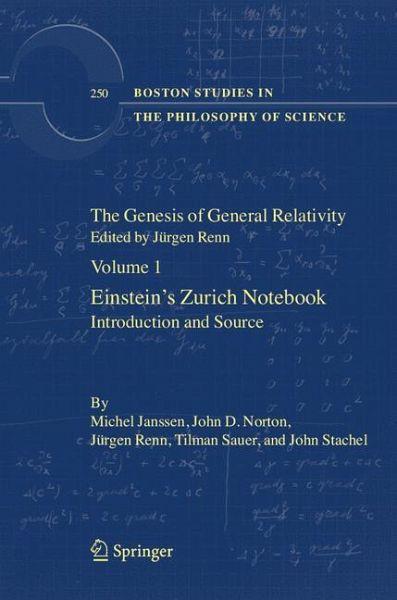
The Genesis of General Relativity
Sources and Interpretations
Herausgegeben: Renn, Jürgen

PAYBACK Punkte
325 °P sammeln!
This four-volume work represents the most comprehensive documentation and study of the creation of general relativity; one of the fundamental physical theories of the 20th century. It contains the direct facsimile, transcript and explanation of and comments on the Einstein Zurich Notebook as written in 1912. The research by Einstein herein forms a pivotal part of his creation of the theory of General Relativity (1915) from Special Relativity (1905) and Newton's law of gravitation. Additional sources from Einstein and others who from the late 19th to the early 20th century contributed to this monumental development sources are presented here in translation for the first time. The volumes offer detailed commentaries and analyses of these sources that are based on a close reading of these documents supplemented by interpretations by the leading historians of relativity. All in all, the facets of this work, based on more than a decade of research, combine to constitute one of the most in-depth studies of a scientific revolution ever written.
The transition from classical to modern physics in the ?rst half of the twentieth c- tury by quantum and relativity theories affected some of the most fundamental notions of physical thinking, such as matter, radiation, space, and time. This tran- tion thus represents a challenge for any attempt to understand the structures of a s- enti?c revolution. The present four-volume work aims at a comprehensive account of the way in which the work of Albert Einstein and his contemporaries changed our understanding of space, time, and gravitation. The conceptual framework of classical nineteenth-century physics had to be fundamentally restructured and reinterpreted in order to arrive at a theory of gravitation compatible with the new notions of space and time established in 1905 by Einstein's special theory of relativity. Whereas the classical theory of gravitation postulated an instantaneous action at a distance, Einstein's new relativistic kinematics rather suggested an analogy between the gravitational ?eld and the electromagnetic ?eld, propagating with a ?nite speed. It is therefore not surprising that Einstein was not alone in addressing the problem of formulating a theory of gravitation that complies with the kinematics of relativity t- ory. The analysis of these alternative approaches, as well as of earlier alternative approaches to gravitation within classical physics, turns out to be crucial for identi- ing the necessities and contingencies in the actual historical development.




